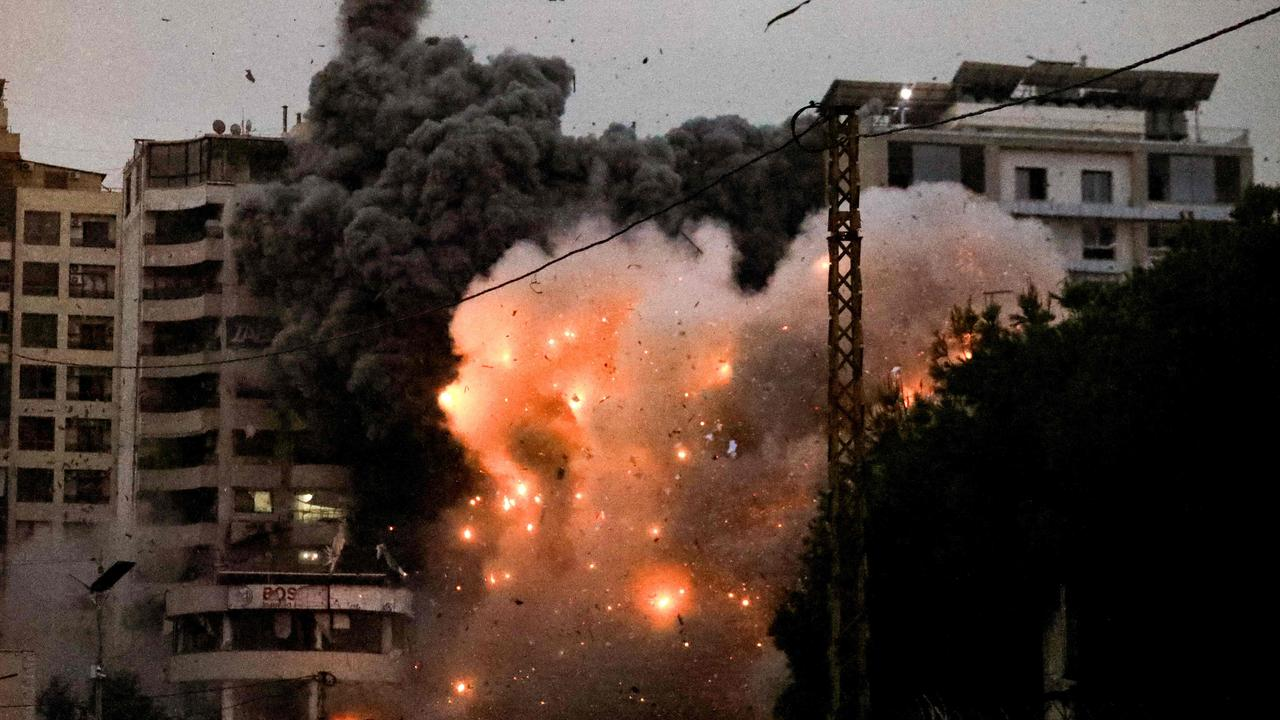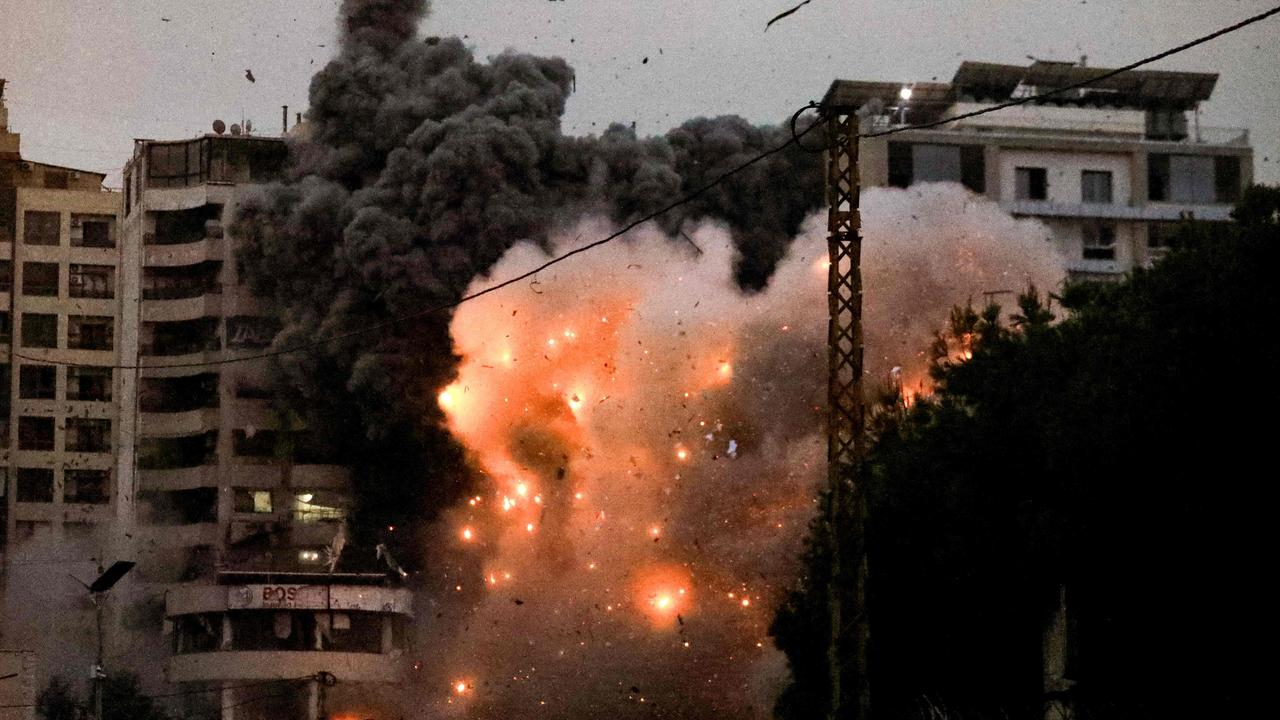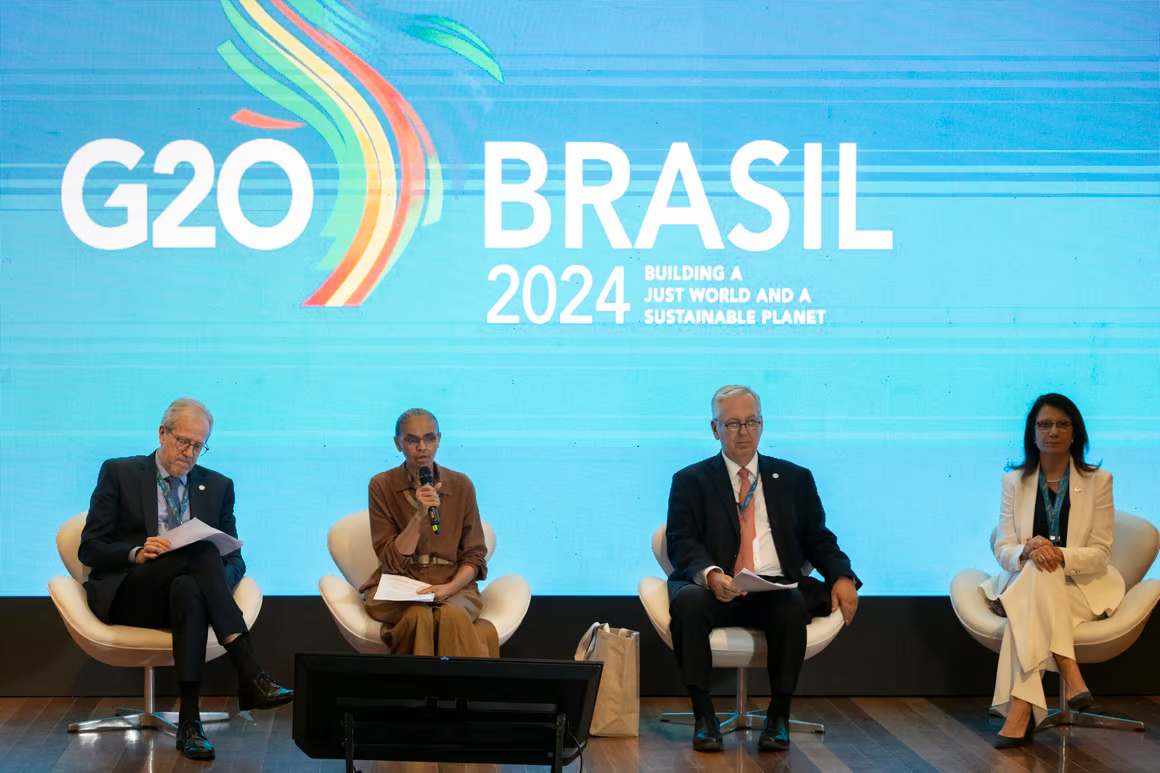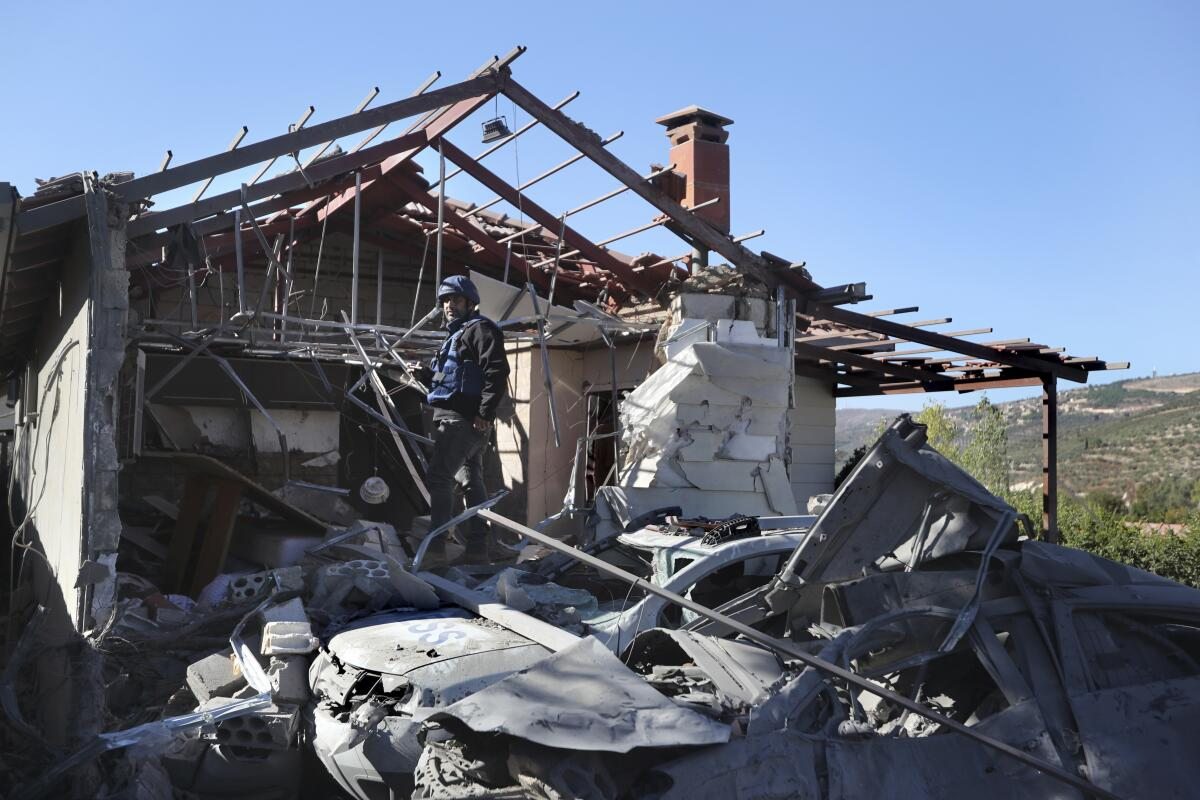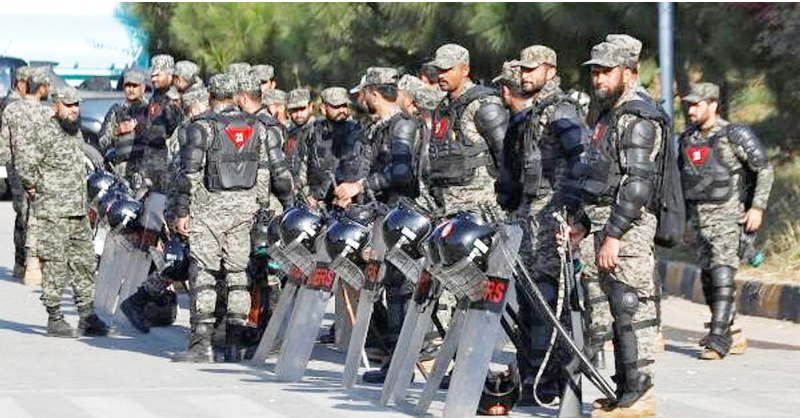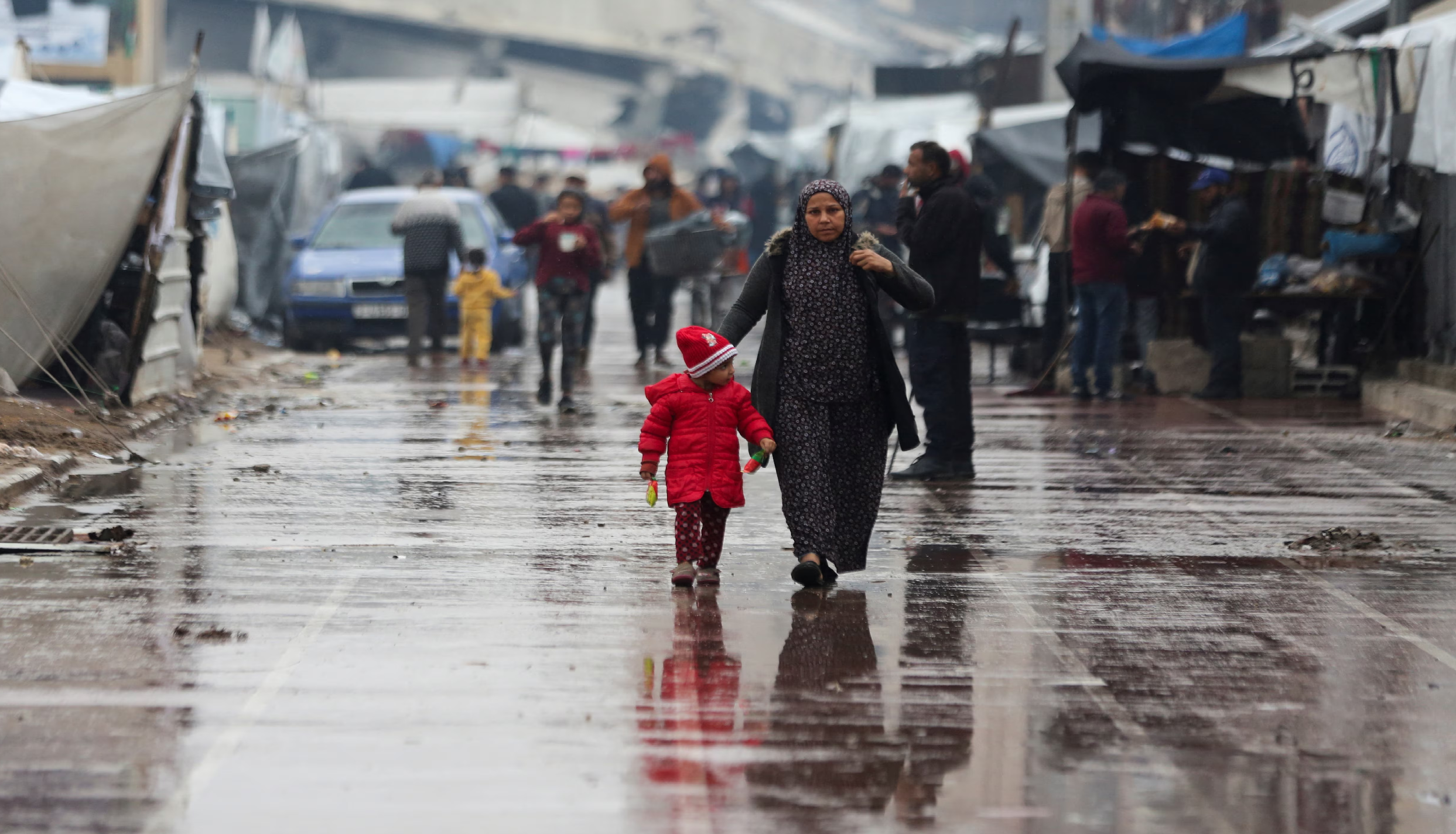
Guns, tanks and Twitter: how Russia and Ukraine are using social media as the war drags on
Melbourne: Social media has become a primary source of information for news-hungry audiences around the world trying to make sense of the Russian invasion of Ukraine.
At the same time, it’s being used by the governments of Russia and Ukraine to set the agenda for wider media reporting.
Official Russian government accounts have been found to be amplifying pro-Russia disinformation on Twitter. Meanwhile, the Ukrainian government has taken to the platform to appeal to its two million followers for support.
Information warfare is no longer an additional arm of strategy, but a parallel component of military campaigns. The rise of social media has made it easier than ever before to see how states use mass communication as a weapon.
Putting social media in the mix Mass communication began as political communication intended to establish and control empires.
Whether it was Darius the Great imposing his image on buildings and coins to help control the Persian Empire; Henry VIII’s inspired use of portraiture, or the well-documented use of radio and film in World War II – media technologies have long been used to spread political ideas.
Social media has added another element to the mix, and brought immediacy to strategic political communication.
In asymmetric conflicts (such as the one we’re seeing now in Ukraine), a successful social media account can be a useful weapon against an adversary with many guns and tanks.
The local uprisings in the 2010 Arab Spring, especially in Egypt and Tunisia, were among the first campaigns where social media played a pivotal role.
Advocates of democracy used Twitter, Facebook and YouTube to maintain networks of communication and openly criticised their governments for the world to see.
It didn’t take long for governments to realise the power of social media. And they responded both by restricting access to social media as well as using it themselves.
Social media alone may not be capable of instigating widespread change, but it can undoubtedly play a role.
Information warfare Tension between Russia and Ukraine has a long history, and was highly charged on social media well before the latest invasion.
Pro-Russian accounts have circulated disinformation about Russia’s role in the Donetsk region since before 2014, fuelling confusion and destabilisation, and assisting Russia’s takeover. This was in fact a critical element of Russia’s “hybrid warfare” approach.
Russia’s strategic actions, and counter actions by Ukraine, have been studied widely by researchers. Unsurprisingly, the research has overwhelmingly found each side to be framing the conflict in very different, and divergent ways.
Research has also found social media can sustain, and even aggravate, the hostility between Ukrainians and Russians online.
For example, after Malaysian Airline flight MH17 was shot down by Russia over Ukraine, an analysis of 950,000 Twitter posts found a plethora of competing claims online, creating a struggle for truth which continues today.
As early as 2014, NATO’s Supreme Allied Commander Europe, General Philip Breedlove, described the Russian communication strategy in Ukraine as “the most amazing information warfare blitzkrieg we have ever seen in the history of information warfare”.
These efforts have escalated since Russia’s recent expansion of its invasion into Ukrainian territory. And with so much noise, it’s becoming increasingly difficult for users to make sense of the deluge of contradictory, emotive and (often) difficult-to-verify information. (The Coversation) (PTI)
 English daily published in Bengaluru & Doha
English daily published in Bengaluru & Doha

